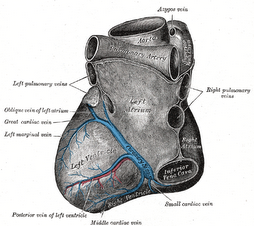Introduction
This EKG can be solved with the use of the Brugada criteria published in Circulation in 1991. The criteria were established because the conventional criteria used to differentiate a Wide Complex Tachycardia lacked specificity. The Brugada criteria consisted of four criteria established by the authors, which were prospectively analyzed in a total of 554 tachycardias with a widened QRS complex (384 ventricular and 170 supraventricular). The sensitivity of the four consecutive steps was 0.987, and the specificity was 0.965.
Four Brugada Criteria for Diagnosis of Ventricular Tachycardia
1. Lack of an RS complex in the precordial leads
2. Whether the longest interval in any precordial lead from the beginning of the R wave to the deepest part of the S wave when an RS complex is present is greater than 100 ms
3. Whether atrioventricular dissociation is present
4. Whether both leads V1 and V6 fulfilled classic criteria for ventricular tachycardia.
Diagnosis
Monomorphic Ventricular Tachycardia. See www.AskDrWiki.com for more info about the Brugada Criteria.
References
A New Approach to the Differential Diagnosis of a Regular Tachycardia With a Wide QRS Complex. Pedro Brugada, MD; Josep Brugada, MD; Lluis Mont, MD; Joep Smeets, MD; and Erik W. Andries, MD. Circulation 1991;83:1649-1659
Sunday, February 4, 2007
EKG of the Week 2/4/2007
Subscribe to:
Post Comments (Atom)



No comments:
Post a Comment